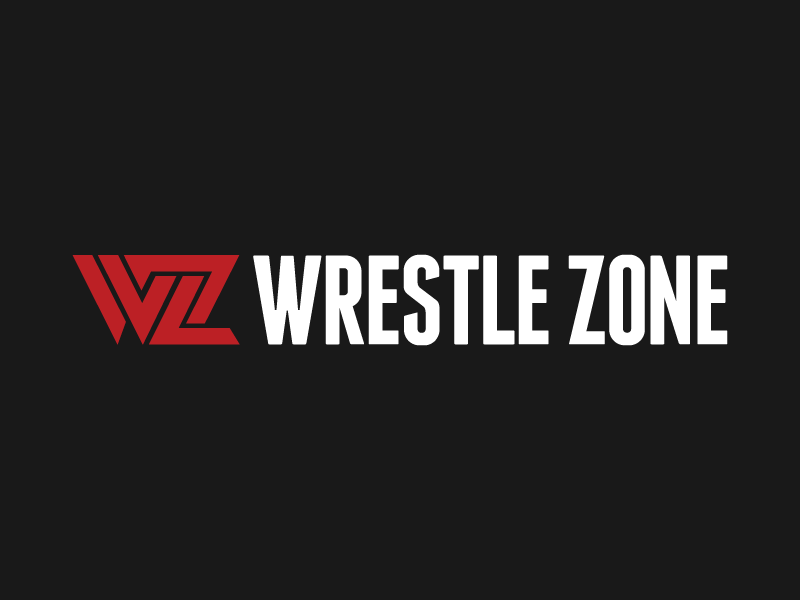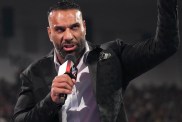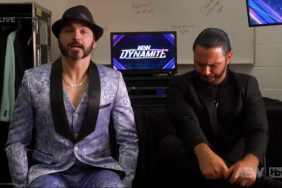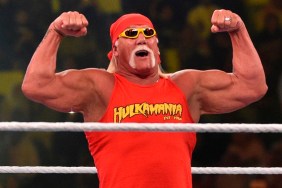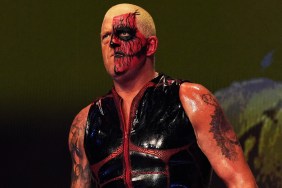At any given moment each one of our five senses are being bombarded relentlessly, the sterile taste and plastic reek of air conditioning, the blinding white glow of the monitor, the frail plastic of the keyboard, and the static white noise that provides the backdrop for the other four. We need all five senses to work effectively for us to function unhindered, as proven by the difficulty faced by those denied of even just one of the five. The interaction between the senses creates what we feel and how we feel it, giving us the whole picture. But for this interaction to occur, each individual sense must independently construct the majority of the environment. For example, if you were to only smell a steak, cooked to perfection, without relying at all on the other four senses, you’d be able to almost taste it, no doubt construct an image of what it looks like, and to some degree, have an idea of its consistency and texture. This works similarly for almost all the senses ranging from sight to taste.
With professional wrestling, what we watch and the story it tells us is primarily created through sight and sound. Depending on where you view a match or show, sight may be relied on greater and vice versa. Watching wrestling as it is meant to be, in an arena, live, you would have to rely upon almost sight alone because there is no conventional commentary, you cannot hear the specifics of the trash-talking, the only sounds provided are the entrance announcement and the odd microphone promo. On the other hand, as wrestling has morphed into a television program rather than a house show, the weekly programs, that the general fanbase have access to, have grown more dependent on sound. In addition to the usual entrance announcing and promos (which have been extended), during each match the commentary team outlines the specifics and finer points of the angle or rivalry, as well as a plethora of other information that wouldn’t be known to the live fans.
It’s been proven that because a promotions role has become easier through the ‘television revolution’, the original conventions of professional wrestling have been neglected, such as best of three series, and the introduction of vignettes. Because of the near soundless environment of the arena, the goings-on in the ring were solely responsible for storytelling. The old adage, actions speak louder than words. But has telling as opposed to showing superseded the importance of actions? At some stage during a mainstream wrestling show, turn the sound completely off. Mute. Observe the little intricacies that act as brushstrokes to the painting, the same intricacies overlooked every week because the majority of your attention is paid to the sense of sound. For this experiment to be as effective as possible, assume that you know nothing of the background of the characters, a completely blank canvas, and solely through what occurs in the ring try to piece together the persona of the athlete.
It’s not long until every movement, expression and gesture becomes significant and vital in the culmination of who the character is and why the two competitors are opposing one another. A devious wink to the audience, a volley of punches as opposed to chops, the shady way a heel stoops across the ring while a face carries himself with a patriotic confidence, even the way a rest hold is applied can communicate an aspect of the stars persona. As the match continues it becomes clear that even the most basic of squash matches or five-minute bouts are rife with body language that the viewer responds to subconsciously.
This body communication is something that is forever being forgotten or unnoticed, yet it is the one skill that separates a professional star from a local worker. It’s a wide misconception that promos and what occurs in soap opera angles are the primary devices for developing a character’s gimmick and heel or face dynamic, but angles only serve to stir interest and justify a series of matches between two or more wrestlers, the wrestling portion of the program will always be the centrepoint of sport, despite the growing time dedicated to other “accessories” of the sport.
In the realm of character development, what is actually said in a promo is of less importance than how it’s being said, which is actually the case with most speech. Body language is of the utmost of importance, just mute a promo and see. An arrogant smile or adrenalized pacing can tell you the next twenty minutes of speech in a single moment. The best example is Eddie Guerrero, whose promos can be understood with ease without actually listening to them. In fact, most of what is said in feuds has been said countless times in the last two decades because they always move towards the same outcome, a match, which severely limits the vocabulary and expression available to a scholar, let alone a professional athlete.
This subtle body language is the most difficult aspect of the sport to master, it’s what separates a Ric Flair from a Conquistador, yet most judgments are based on the baffling term “workrate”, which has yet to be defined clearly. Regardless of how acrobatic a wrestler is, if he’s playing a heel, his repertoire should consist chiefly of underhanded tactics and the odd foreign object, not amateur wrestling excellence or circus trapeze. Wrestling has never been about what you can do; it has always been about what your character would do. Professional is fueled by characters and not athleticism. The greatest of stars know how to balance both and provide a thoroughly entertaining match in complete silence. The best example I can give of a wrestler’s character being developed more or less only between the ropes is Waylon Mercy. A short-lived character in the early nineties, played by veteran Dan Spivey, who was best described as bipolar, arriving to the ring in a gaudy Hawaiian shirt, smiling jovially and shaking the hand of his opponent like an old friend, but when the bell rang he transformed into a bloodthirsty sadist, dissecting his opponent mercilessly inside and outside the ring. After the match finished he peacefully trod up the ramp beaming with good nature. He said very little vocally, but watching just one match would give the casual fan an exact idea of what he was all about without him touching a microphone. A great deal of current talent (mostly main eventers) achieve similar results, perhaps not as blatantly. The best judge of talent is not a microphone, somersault or vignette, but rather a mute button.
The longer you watch in silence, the more nuances appear that you were previously unaware of, but at some stage you have to return to the realm of sound, and when you do the minute details won’t become engulfed in the static but rather just add another layer of the product. An extra layer that exhibits the depth of professional wrestling, demonstrating that it goes beyond two hacks twisting and groping one another haphazardly in a choreographed sequence, often adlibbed, instead each movement or expression has a purpose and a meaning.
Knowing that an extra dimension of wrestling exists is an important nugget of wisdom for any active wrestling fan, namely those who dub themselves “smart marks” and “smarks”, The reason being that such fans often congregate to denounce the current goings on in a promotion, offering venomous commentary on ridiculous angles or berating the latest gimmick, and based on said opinions formulate a verdict of the performers worth or the worth of the company as a whole, content with their omnipotent power to criticize. But such judgments hold no water because the criteria used (sub par gimmicks and angles) are embellishments, superficial aspects of the business that are of little significance in the great scheme of things, rather the judgment, if it were to have any credibility, should be based on the bare mechanics of the business, the professional subtleties, most of which can only be accessed through silence.
Some of the most condemned stars of recent times achieve success because they’ve mastered the subtle, as well as the not so subtle. Characters such as Triple H who have extended the idiosyncrasies of their persona beyond the ring into reality successfully, have only been able to do this because their in-ring persona is flawlessly authentic, to the degree that viewers (even the “smart” ones) cannot separate the man from the personality. Some would argue, such as in the case of Ultimate Warrior, that this level of reality is only because the character played in the ring is parallel to the true persona of the man playing it. This is a sound argument, but even so, the hype surrounding the personality of the star has overshadowed the stock standard matches by “smark” standards, which is the whole idea, because matches can only be so original, made interesting by the particulars of characters competing.
Such a simple experiment can expand your perception of professional wrestling, and subsequently offers another layer to base your judgment on. The layman may say that wrestling is the past time of the uneducated, but each day another layer is peeled back to reveal the complex workings behind the simplicity of what we see. The soundless layer illustrating that the most uncomplicated of things are often the most significant.
If you’d like to send any feedback or questions to me, my email is TheButchershopcolumn@hotmail.com.
Over and out.
The Butcher.
